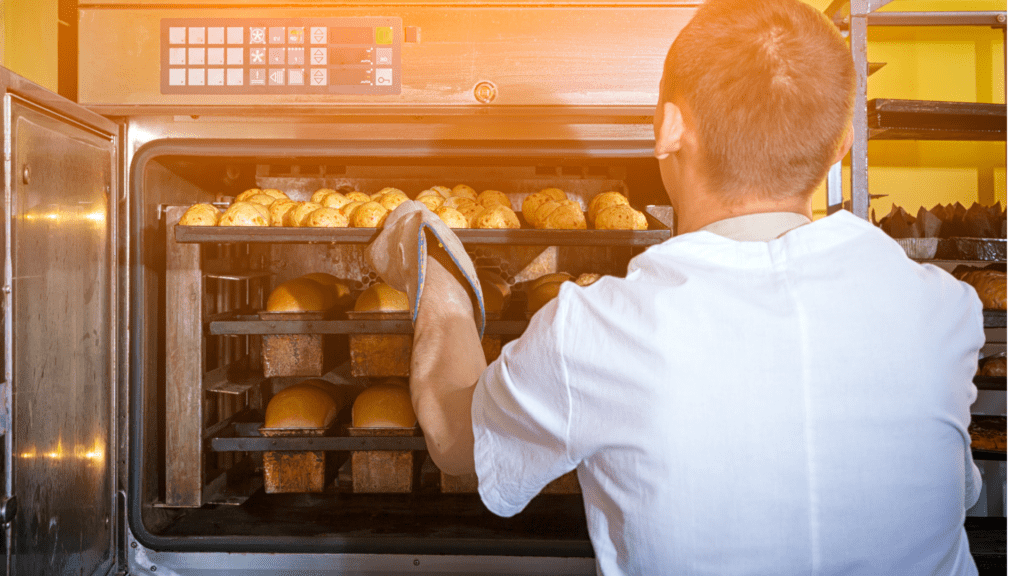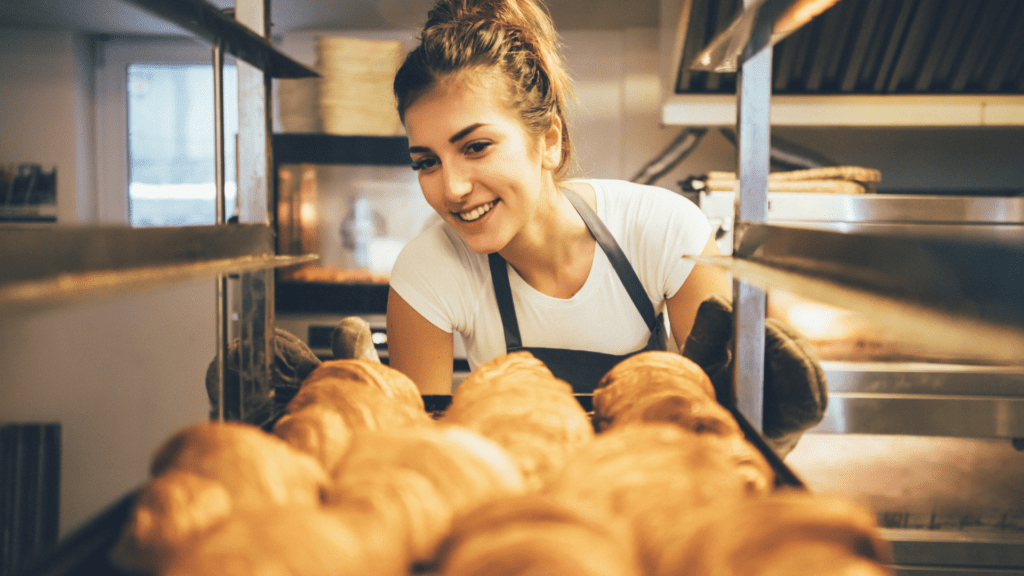In the realm of culinary delights, few things rival the satisfaction of crafting the perfect loaf of bread. Yet, achieving that elusive balance of flavor, texture, and aroma can be a journey filled with challenges. One key to elevating your bread-making skills lies in the art of fermented dough. In this article, we’ll embark on a flavorful adventure together, exploring the tips and techniques that will empower you to master the intricacies of fermented dough. Get ready to unlock a world of culinary possibilities and create bread that captivates the senses.
The Magic of Fermentation
At its core, fermentation is a natural process that transforms simple ingredients into a complex tapestry of flavors. In the case of bread, the fermentation of dough involves the activity of wild yeast and bacteria, which interact with the flour and water to produce carbon dioxide, alcohol, and a medley of flavorful compounds. The longer the fermentation, the more developed and nuanced the flavors become.
Tip 1: Choose the Right Flour
The foundation of any great bread is high-quality flour. Opt for unbleached and unbromated flour, as these varieties retain more of the natural nutrients and enzymes crucial for fermentation. Experiment with different types of flour, such as whole wheat or rye, to add depth and character to your dough.
Tip 2: Embrace the Power of Sourdough
Sourdough, a fermented mixture of flour and water, is a game-changer in the world of bread making. It not only imparts a distinct tangy flavor but also offers numerous health benefits. To start your sourdough journey, cultivate a sourdough starter by combining equal parts flour and water and allowing it to ferment over several days. Once active, this living culture can be used to leaven your dough, providing unparalleled flavor and texture.
Perfecting the Fermentation Process
Tip 3: Master the Autolyse Technique
Autolyse is a simple yet powerful technique that involves allowing the flour and water to hydrate before adding the yeast or sourdough starter. This resting period, typically 20-30 minutes, promotes gluten development and enhances the dough’s extensibility. The result is a better-textured bread with improved flavor complexity.
Tip 4: Embrace Cold Fermentation
Extend the fermentation process by incorporating cold fermentation into your routine. After the initial rise, transfer the dough to the refrigerator for a slow, controlled fermentation. This method not only enhances the flavors but also provides a convenient schedule for busy bakers. Cold fermentation can range from a few hours to several days, allowing you to tailor the process to your preferences.
Flavorful Additions and Variations
Tip 5: Infuse Flavor with Mix-ins
Elevate your bread’s flavor profile by incorporating various mix-ins during the final stages of mixing. Additions like olives, nuts, herbs, or dried fruits bring a delightful surprise with each bite. Experiment with different combinations to discover your signature blend.
Tip 6: Create Artisan Shapes and Scoring Patterns
The visual appeal of your bread is as important as its taste. Experiment with different shapes and scoring patterns to create visually stunning loaves. Not only does this enhance the presentation, but it also influences how the bread expands during baking, contributing to a more satisfying texture.
Troubleshooting Common Issues
Tip 7: Adjust Hydration Levels
Fermented dough is sensitive to hydration levels. If your bread turns out too dense or too dry, consider adjusting the hydration of your dough. Gradually add more water for a lighter crumb or reduce it for a chewier texture. Finding the right balance requires experimentation and a keen understanding of your dough’s characteristics.
Tip 8: Fine-tune Proofing Times
Proofing—the final rise before baking—is a critical phase in the fermentation process. If your bread lacks flavor or has an overly yeasty taste, consider adjusting the proofing time. A longer proofing period allows for more fermentation and flavor development, while a shorter proofing time can result in a milder taste.
Exploring Advanced Techniques
Tip 9: Implement a Pre-ferment
For an even deeper flavor profile, consider incorporating a pre-ferment into your bread-making process. Pre-ferments, such as poolish or biga, involve fermenting a portion of the flour and water with a small amount of yeast or sourdough starter hours before the main dough is mixed. This extra step intensifies the fermentation, resulting in a more complex and nuanced taste.
Tip 10: Experiment with Flavorful Hydration
Take your hydration to the next level by exploring alternative liquid options. Replace a portion of the water with beer, buttermilk, or even infused herbal teas to add a unique twist to your dough. Each liquid brings its own set of flavors, contributing to a more sophisticated and personalized bread.
Artisanal Baking: A Creative Expression
Tip 11: Design a Signature Bread Schedule
Crafting the perfect loaf of fermented dough involves understanding the rhythm of fermentation and tailoring it to your schedule. Experiment with different fermentation times, temperatures, and proofing durations to design a personalized bread-making schedule that aligns with your lifestyle. This not only ensures consistently excellent results but also allows you to enjoy the process as a form of creative expression.
Tip 12: Infuse Cultural Influences
Bread-making is a global tradition, and exploring different cultural influences can add a unique flair to your creations. Incorporate spices, herbs, or traditional ingredients from various cuisines to create fusion masterpieces that reflect the rich tapestry of global culinary heritage.
The Journey Continues: Never Stop Learning
As you embark on your journey to master fermented dough, remember that the world of bread-making is ever-evolving. Stay curious, keep experimenting, and don’t be afraid to push the boundaries of your comfort zone. Attend workshops, join online communities, and exchange ideas with fellow bakers to foster a continuous learning experience.
Celebrate Your Successes and Learn from Challenges
Every batch of bread is a learning opportunity. Celebrate your successes and take note of the nuances in flavor, texture, and appearance that make each loaf unique. Likewise, embrace the challenges as chances to refine your skills and troubleshoot any issues that may arise. With each baking session, you’ll grow more confident and intuitive in your understanding of fermented dough.
In Conclusion: A Feast for the Senses
Mastering the art of fermented dough is not just about creating sustenance; it’s about crafting a feast for the senses. The aroma that wafts through your kitchen, the crackle of the crust as you slice into a fresh loaf, and the complex flavors that dance on your palate—all these elements come together to create a truly magical experience.
So, set forth on your journey armed with these tips and techniques, and let your creativity flow. Unlock the full potential of fermented dough, and soon you’ll find yourself not just baking bread but orchestrating a symphony of flavors that captivates anyone lucky enough to taste your creations. Happy baking, and may your bread always be a masterpiece!


